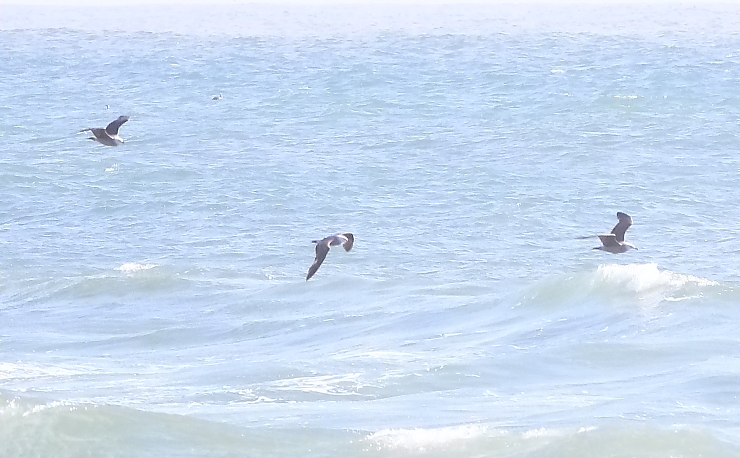
Anytime I travel, I do what it takes to get in some birding. After all, the best way to find new birds is to look in new places.
However, I rarely get to travel with family or friends who share my obsession. So I need to find a way to indulge myself without inconveniencing others too much. Usually, my solution involves mild sleep deprivation. Birding being best in the early morning, I get up before they do, and try to be back by breakfast — their breakfast.
My recent brief trip to California made this strategy especially easy. First, California is two time zones further west, so I was able to get out the door at 8 a.m. (Morelia time), and still start birding at 6 a.m. (San Mateo time). I had decided beforehand to make no effort to adjust to the time difference, so no real sacrifice was involved. Also, my daughter (with whom I was travelling) and my sister (our host) both love to sleep in. So I could bird two, even three hours each morning, and they would hardly notice.
I had planned to follow this strategy, while adding just one longer birding trip during our five-day stay. But, as I detailed last week, that drive to the Pacific Coast was a rather spectacular failure, because of a highly unseasonal rain, and my failure to recharge my camera battery.
Still, God sometimes smiles on fools, and he smiled on me the following day. We were going to get together with my niece on our last evening in California, but she cancelled. My daughter requested that we go somewhere, anywhere, and my sister suggested we could go to the beach. And where was the nearest beach? Exactly where I had gone the day before! But this time, it would be in the afternoon, with strong winds and brilliant sunshine… and a full camera battery.
The only drawback, for blogging purposes, was that all the action would be happening to the west, straight towards the setting sun, and with powerful glare from the ocean. So if you are expecting great pictures, I strongly suggest you check out any one of Kai Pflug’s many posts.
Here are some of my highlights from that afternoon:
The previous day, steady rain prevented me from getting a good view of what was happening out on the ocean waves. But this time, it was soon clear that there were some ducks bobbing among these waves. I had never actually seen marine ducks on the ocean before. Better yet, these ducks turned out to be Surf Scoters. What could be more Californian than a Surfin’ Bird?
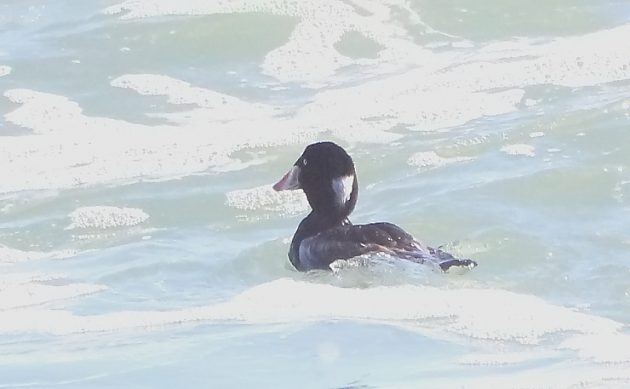
There were Brandt’s Cormorants flying over the Surf Scoters. So I could add this species to the Double-crested Cormorant I had previously seen on the lake that runs up the San Andreas rift valley, which formed the San Francisco Peninsula. And the other Double-crested Cormorant that flew over us by my sister’s house, two miles from any open water, shortly before we left for the beach. California is weird.
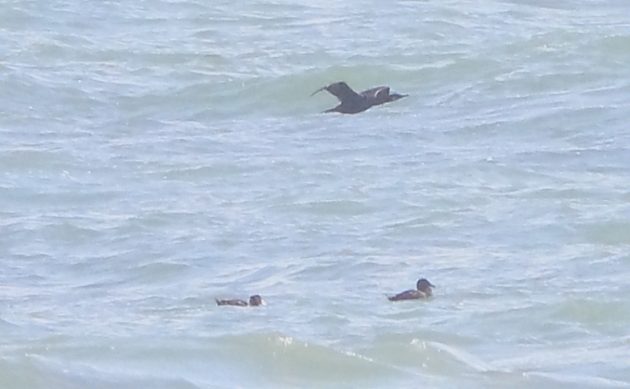
It was a good thing that I kept photographing that Cormorant, because otherwise I would have completely missed the Western Grebe over which it flew. I confess that before this trip I had no idea that Western Grebes could be seen on the ocean.
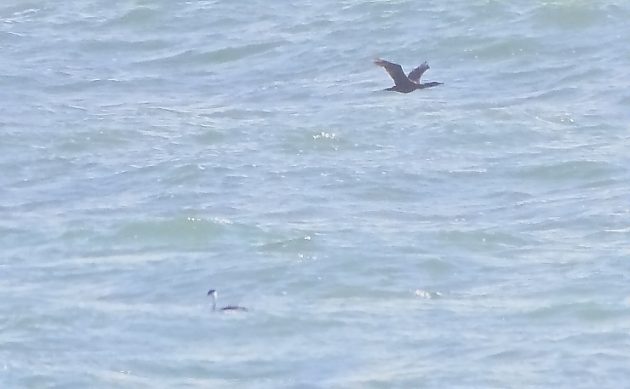
There were many Western Gulls around, and, as I had proven the day before, at least a few California Gulls. But this afternoon I noticed some gulls that had completely gray bodies, with only their heads being white. Heermann’s Gulls!
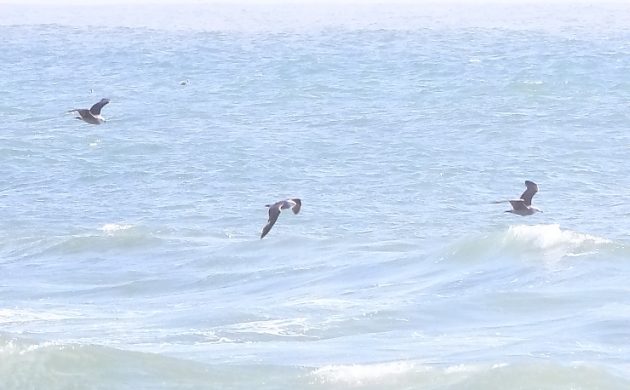
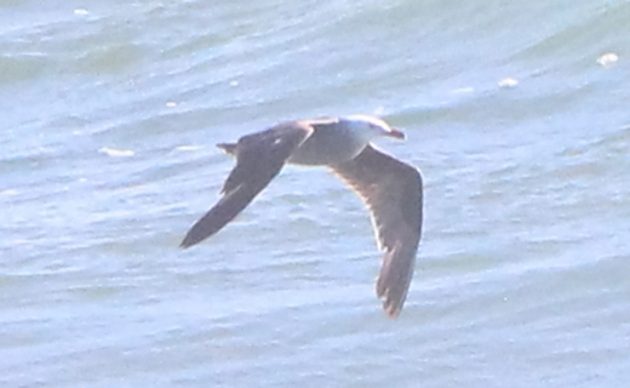
I saw no Snowy Plovers that day. No problem, I can see those a half-hour from my home in Mexico. Still, it’s good to know that California takes care of its plovers.
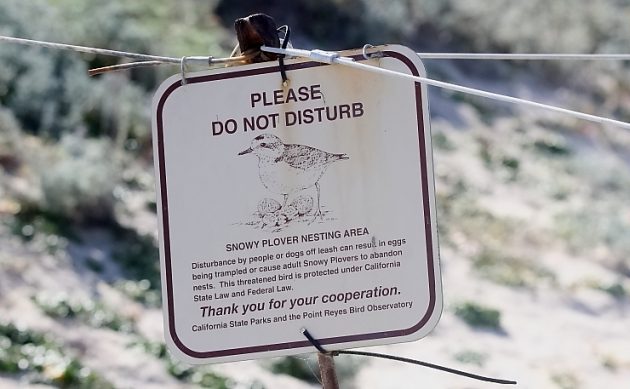
And then, my birding-at-the-beach do-over came to an end. After all, this was not officially a birding trip. I must admit it was a relief to take a few more photos on our way back to our car, with the sun at my back, and away from the sand-and-surf glare.
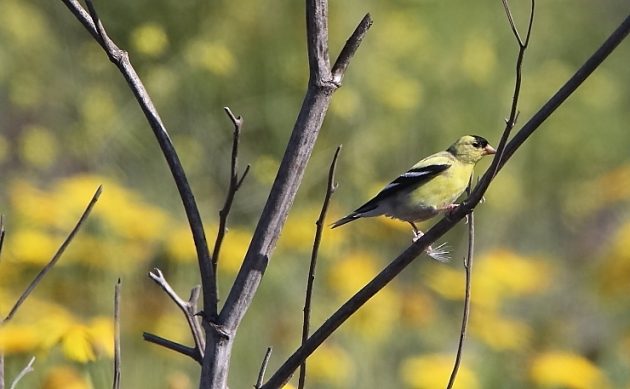
Lesser Goldfinch
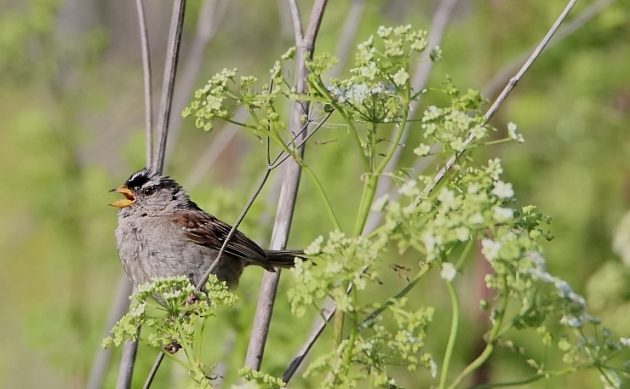
White-crowned Sparrow








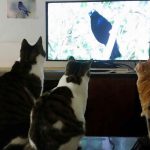




When I lived in San Francisco, Pillar Point near Half Moon Bay used to be one of my birding patches. I loved birding that area.
Thanks for the advertisement, Paul. The check is in the mail.